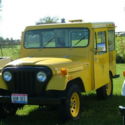Genuine DJ5 Postal Jeep in working condition, starts like a charm, good brakes.
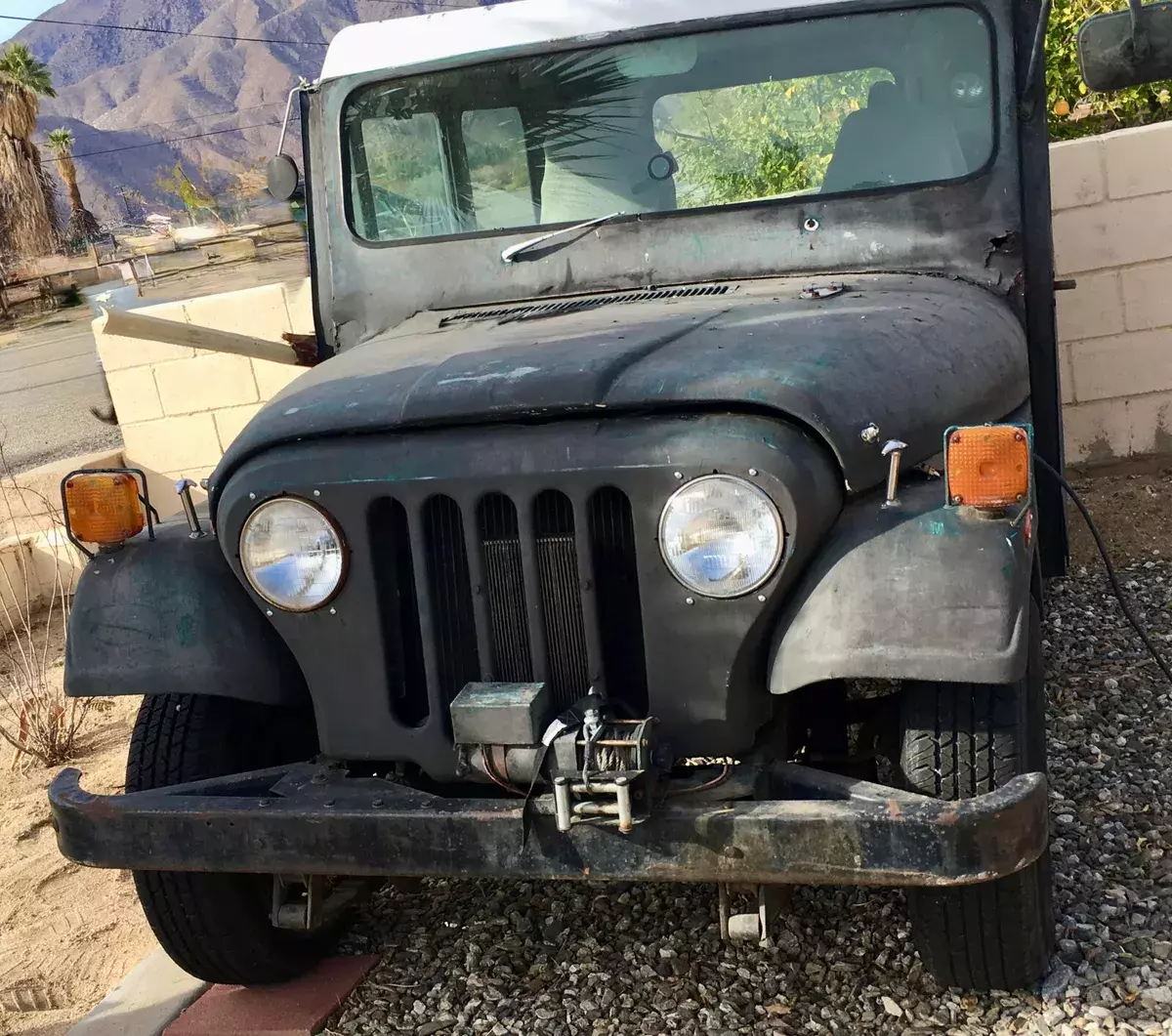
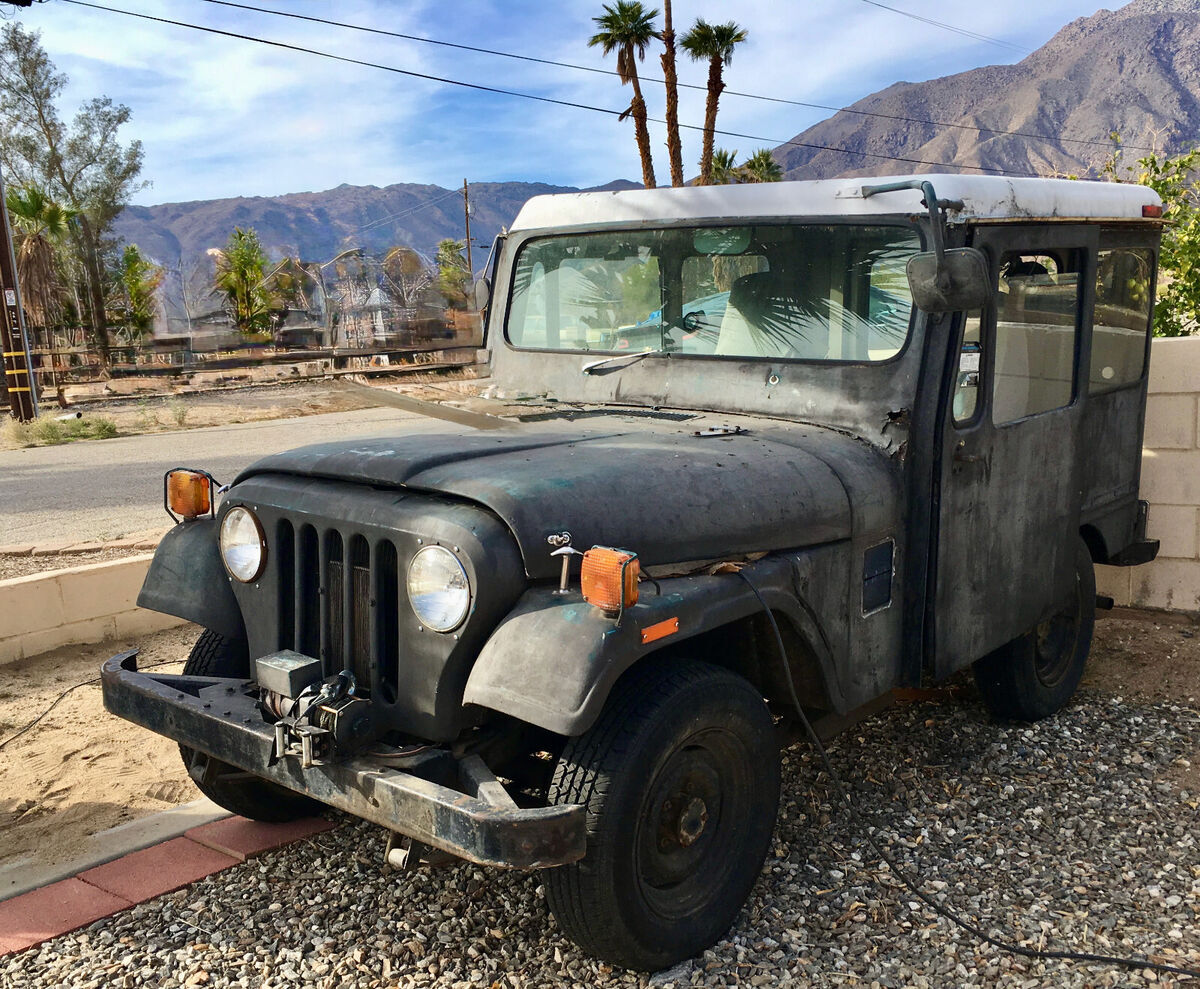



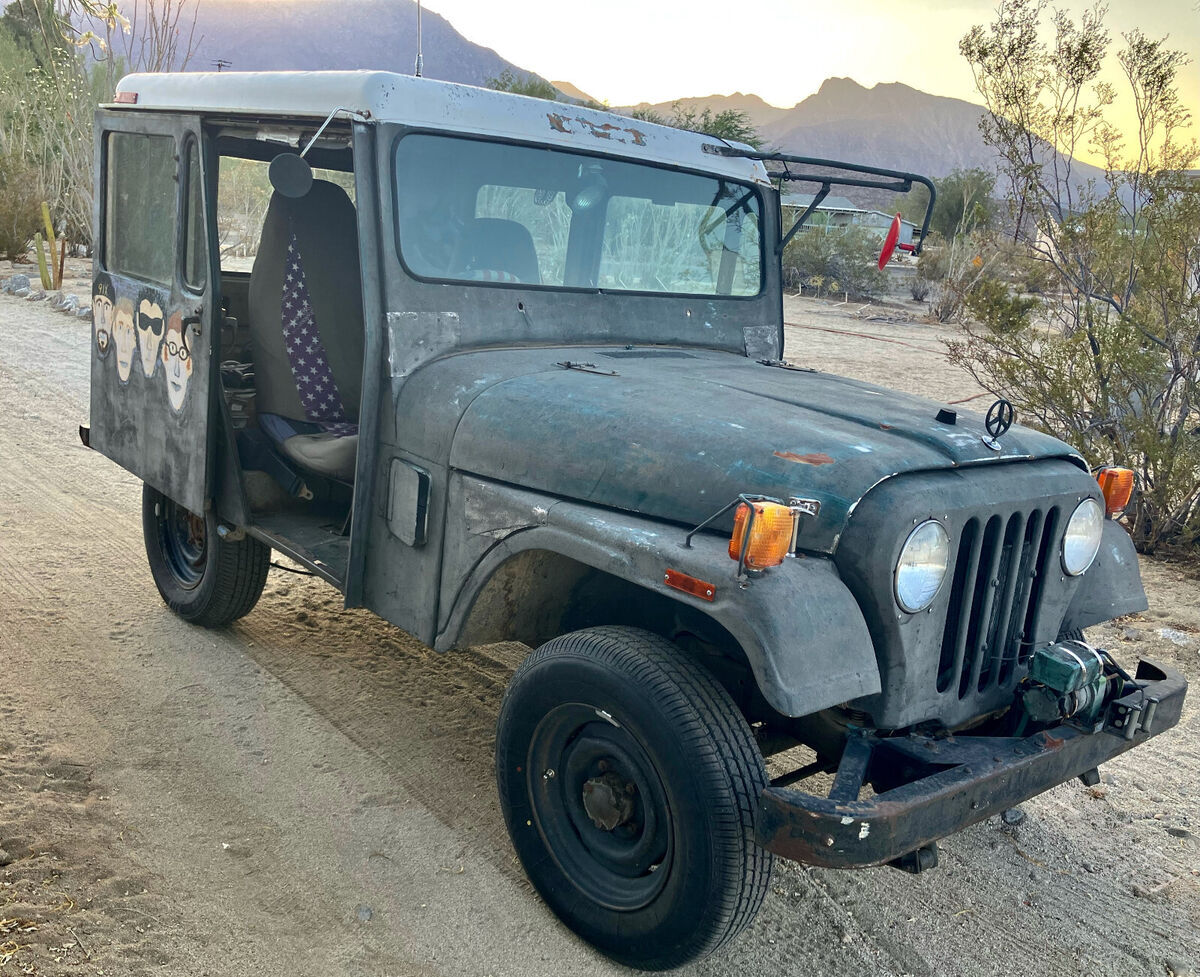
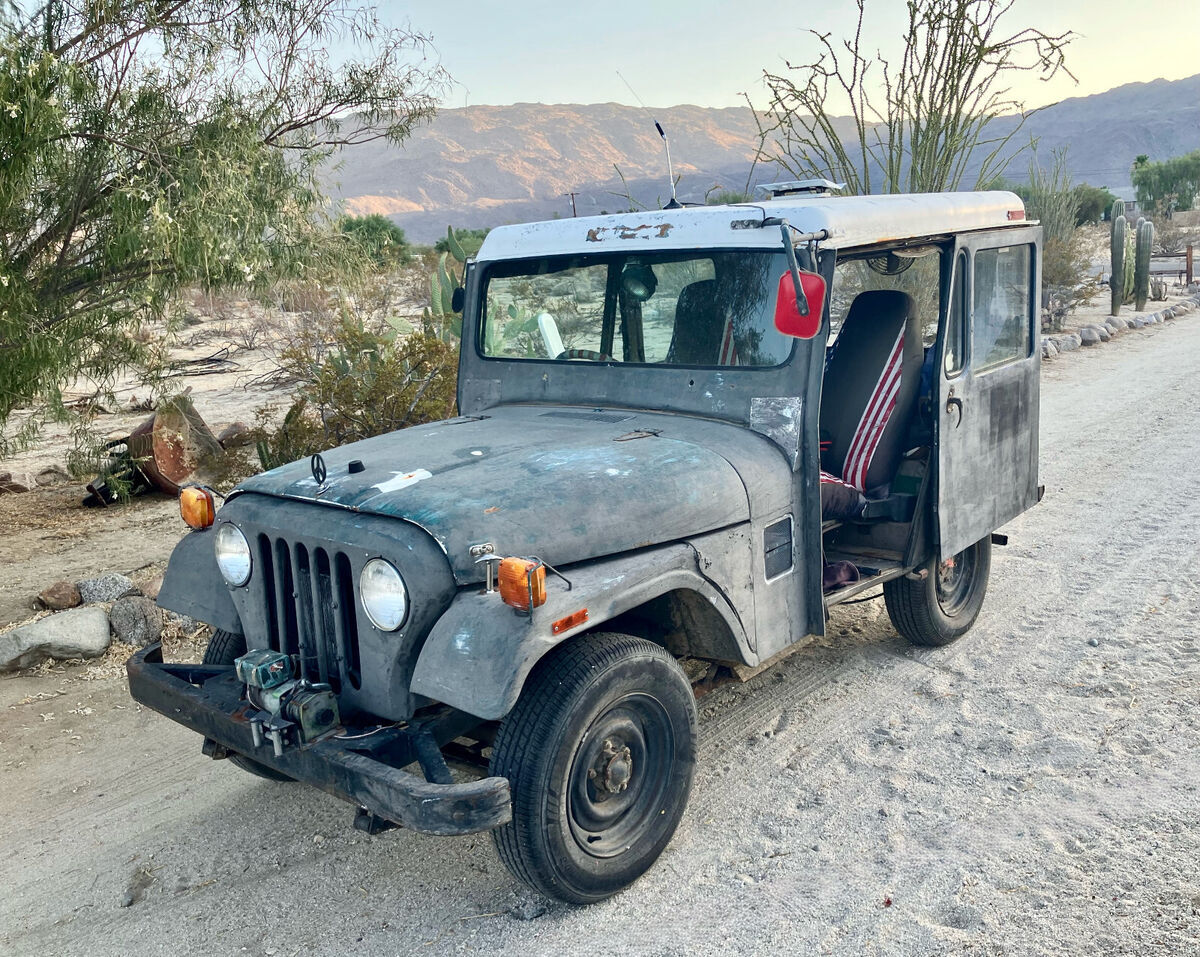
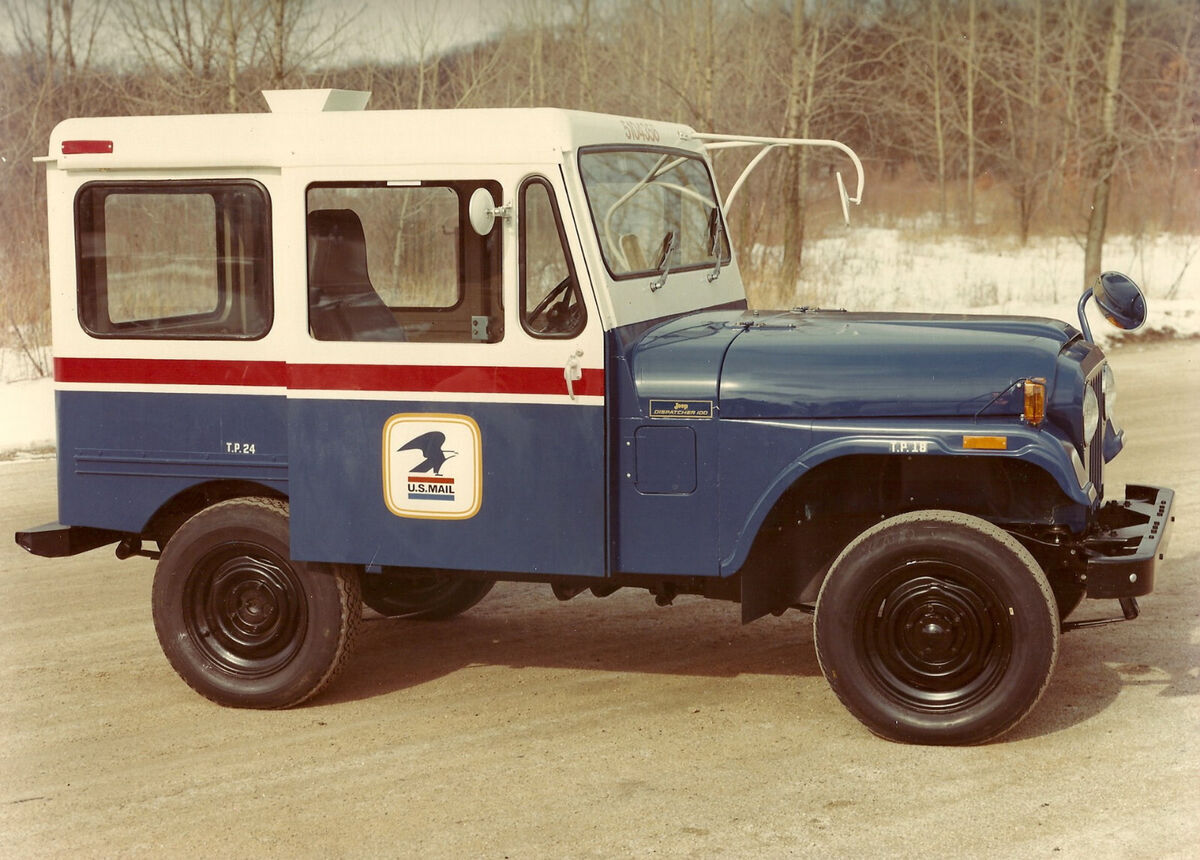
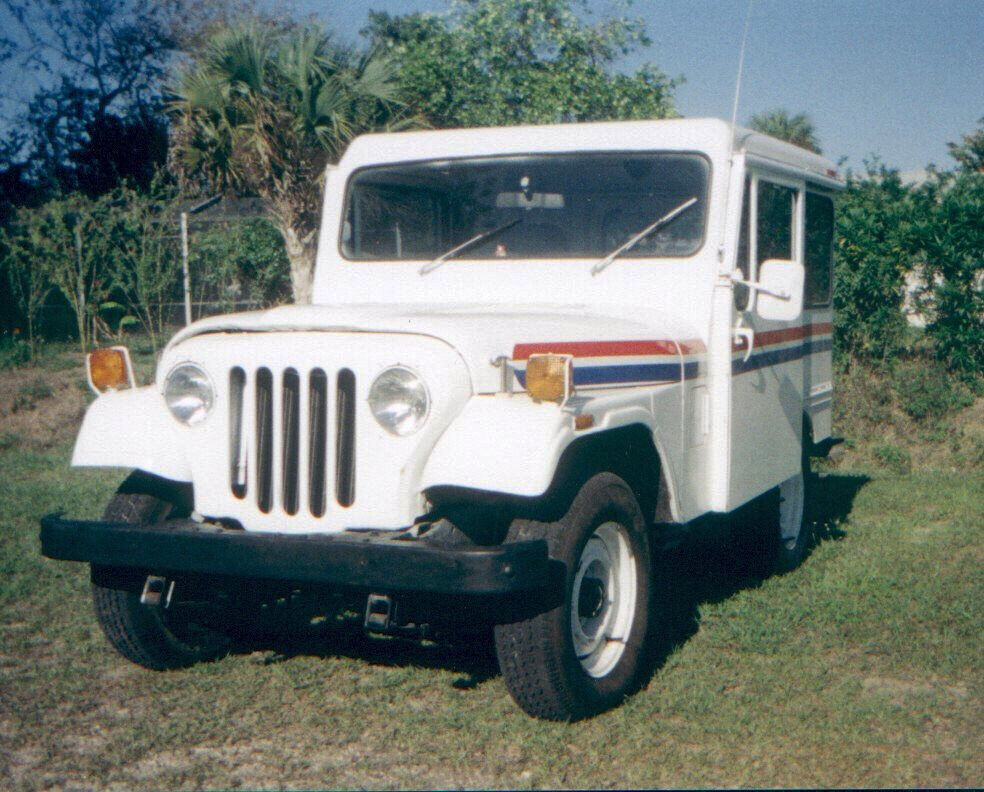
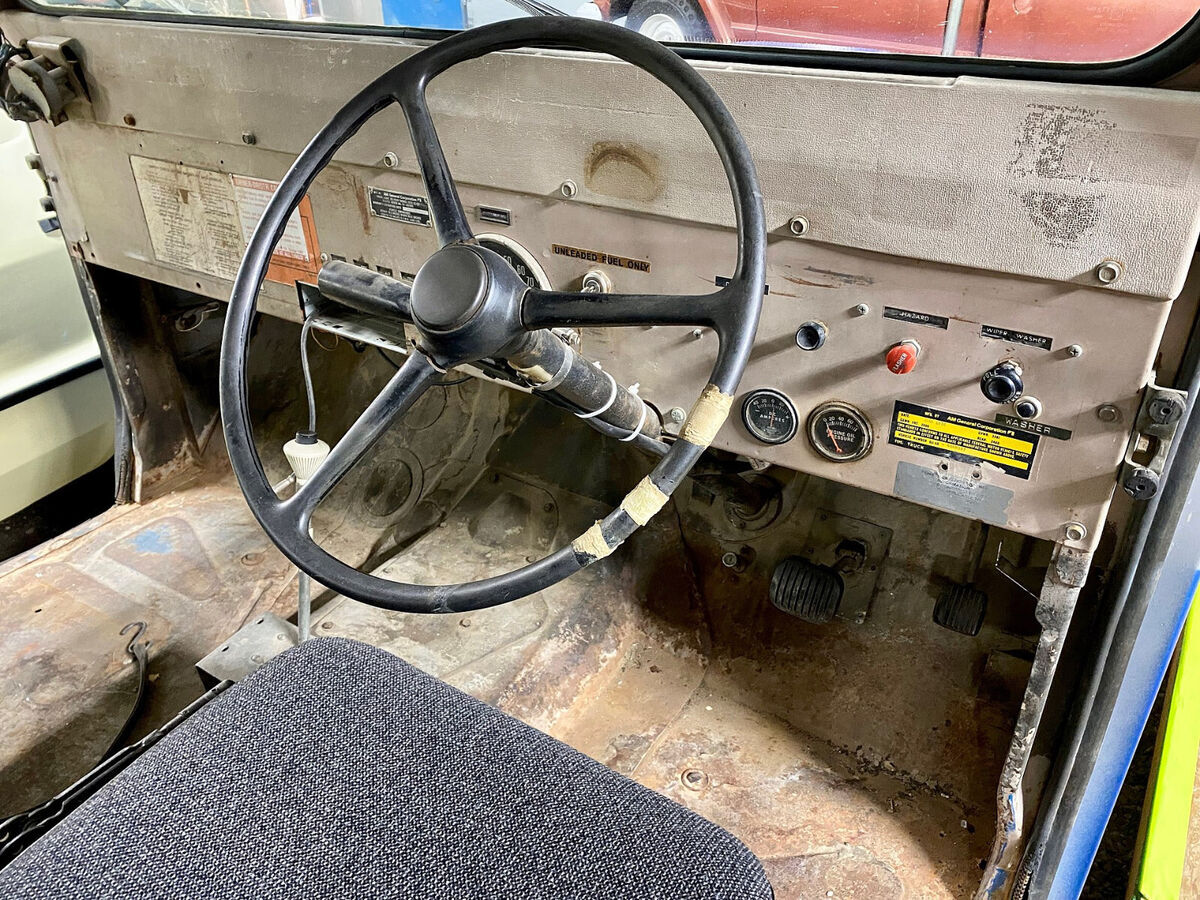
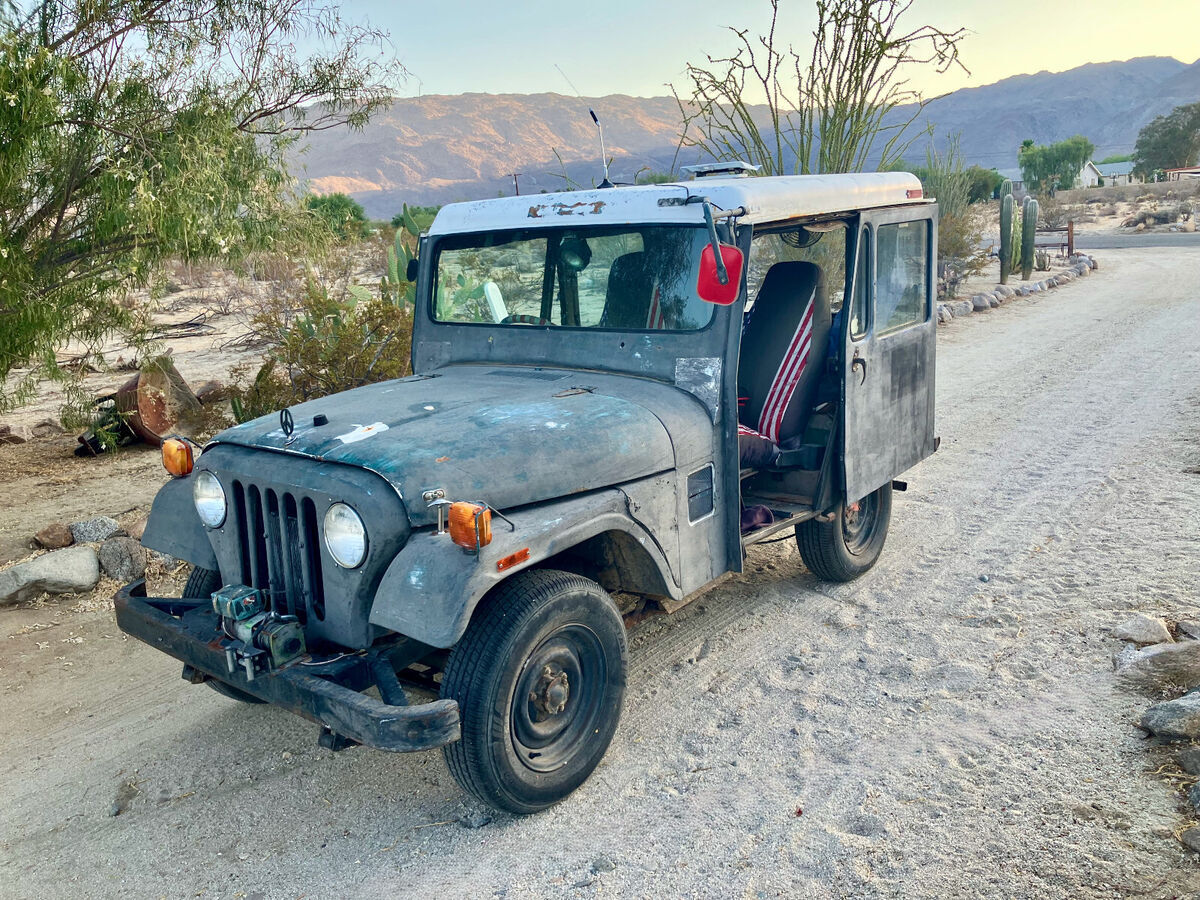
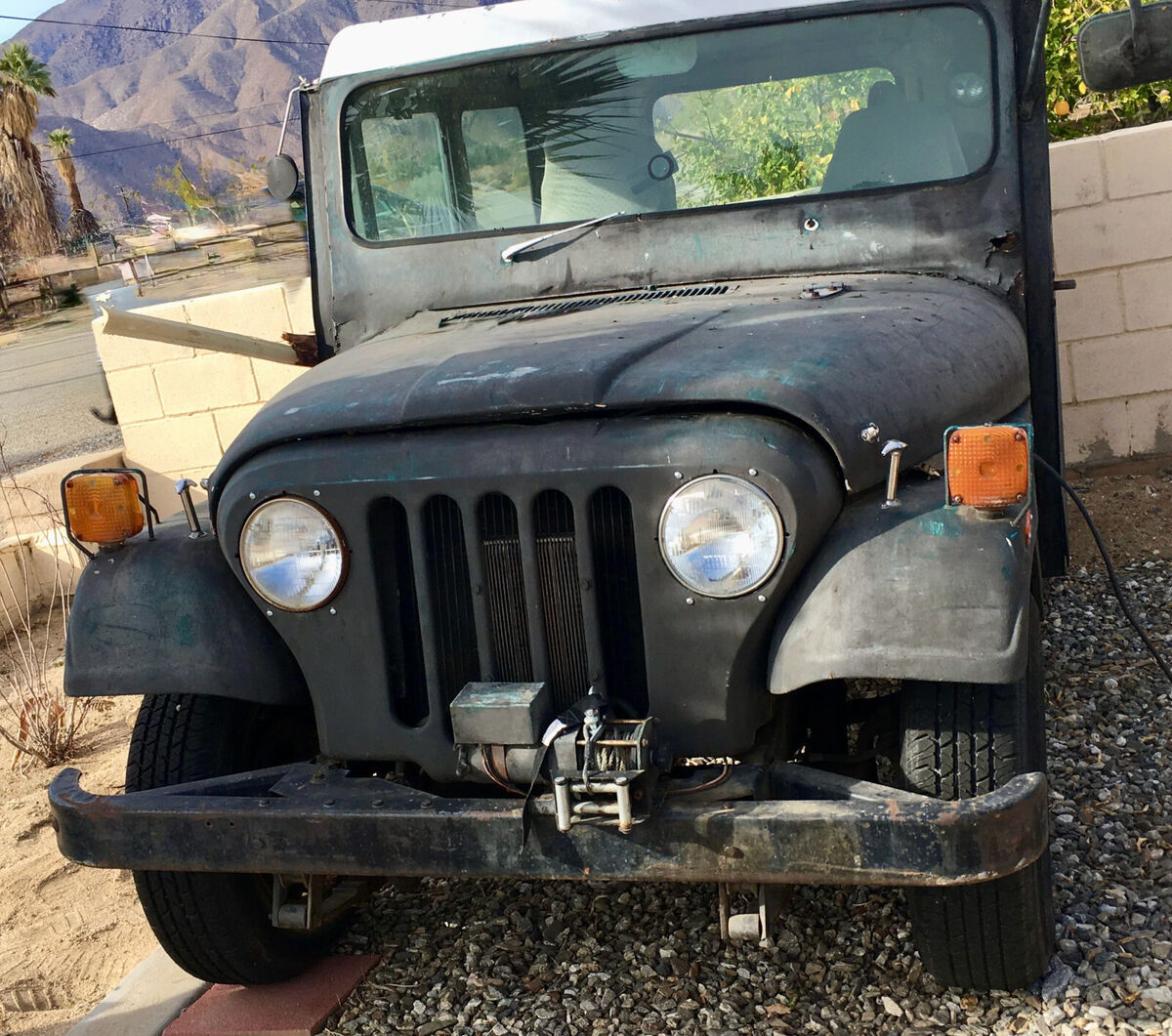
Vehicle Description
The Jeep DJ-5, a versatile utility vehicle, had anoverall length of 133 inches, a wheelbase of 81 inches, and a curb weight of around 2,450 lbs.Here's a more detailed breakdown of the Jeep DJ-5 specifications:Main Specifications:
- Overall Length (OL):133.0 inches
- Overall Height (OH):68.7 inches
- Wheelbase (WB):81.0 inches
- Track Width (TR):51.5 inches
- Curb Weight (CW):2,450 lbs
- Windshield Angle (WA):15 degrees
- Ground Clearance (GC):6.7 inches
- Approach Angle (AA):33 degrees
- Breakover Angle (BA):19 degrees
- Departure Angle (DA):31 degrees
- Wheel Name:8-Spoke Wheel (also known as Steelie)
- Bolt Pattern (BP):5 x 5.5
- Tires:7.00x16
- Tire Width (TW):7.5 inches
- Tire Diameter (TD):27.4 inches
- Spare Location:No Spare
ASSEMBLY: Toledo, OH, USAUNITS PRODUCED: 4,300
DJ-5 The DJ-5 Dispatcher was a re-designed CJ-5 Universal with an enclosed cab and sliding doors. It also had a unique 5-slot grille which bumped out from the front of the hood to accommodate a larger engine. The DJ series was made up of 2-wheel drive jeeps meant for lighter, road-based duties. The DJ-5 is best known as US Postal Service delivery vehicles in the 1970s.
- JEEP DJ-5 SPECS
MAIN SPECSOVERALL LENGTH (OL): 133.0OVERALL WIDTH (OW): 68.5OVERALL HEIGHT (OH): 68.7WHEELBASE (WB): 81.0TRACK WIDTH (TR): 51.5CURB WEIGHT (CW): 2,450 lbsWINDSHIELD ANGLE (WA): 15°
CHASSIS SPECSGROUND CLEARANCE (GC): 6.7APPROACH ANGLE (AA): 33°BREAKOVER ANGLE (BA): 19°DEPARTURE ANGLE (DA): 31°SUSPENSION TYPE (SU): Leaf Spring
WHEEL SPECSWHEEL NAME: 8-Spoke WheelA.K.A. SteelieWHEEL DIAMETER (WD): 15.0WHEEL WIDTH (WW): 7.0BOLT PATTERN (BP): 5 x 5.5TIRES: 7.00x16TIRE WIDTH (TW): 7.5TIRE DIAMETER (TD): 27.4SPARE LOCATION: No Spare
All specifications refer to original stock versions. All dimensions shown in inches.
- TheJeep DJ (also known as theDispatcher) is atwo-wheel drivevariant of thefour-wheel driveCJseries. Production started in 1955 byWillys, which was renamedKaiser Jeepin 1963. In 1970,American Motors Corporation(AMC) purchased Kaiser's money-losing Jeep operations and establishedAM General, awholly owned subsidiarythat built the DJ through 1984.
TheUnited States Postal Serviceused 1953 Willis Jeeps, Cushman Mailmasters, and sit-stand trucks to motorize more than half of the suburban residential routes by 1969. The Postal Service held a competition in 1968 to select a light delivery vehicle, evaluating theFord Bronco,International Scout, and the Jeep Dispatcher 100 (DJ-5).The USPS selected the Jeep Dispatcher. The Jeeps became widely used by the USPS during the 1970s and 1980s.
The DJ-5 models built for the United States Post Office were rudimentary vehicles for mail carrier needs with an automatic transmission, an enclosed metal cabin with sliding doors, a sorting table that carriers used to help process mail along the route, and a right-hand drive for quickly reaching mailboxes without leaving the vehicle's seat.
The right-hand drive Postal Service DJs came without power steering and were built with a lighter, less durable design than the standard Jeep. These changes included the use of C-channel frame rails (as opposed to the box rails of the CJ-5), and while the hood was the exact dimensions as (and interchangeable with) the CJ, it did not have the reinforced design of the original. The standard configuration had only a driver's seat and a letter tray installed. This decreased curb weight, combined with different leaf springs than other models, allowed carrying more cargo weight behind the driver.
The metal side doors were designed to slide open and closed. They could also be locked open while driving. They were supported by ball bearings, which ran in a channel just under the rain gutter, and a plastic retainer ran in a small channel along the body. A worn, damaged, or lost retainer would allow the door to swing outward, fail to engage the rubber stop on the rear bumper, and slide entirely off the channel (and the vehicle). A single, hinged rear door gave access to the cargo area from the floor to the bottom of the hard top, and the door was the width of the open area between the wheel wells.
AM General used a variety of engines during production. Production of the DJ ended in 1984 with the DJ-5M, which used the 150cuin (2.5L)AMC straight-4 engine.
With the DJ serving many decades, the Postal Service developed a list of the characteristics of an ideal postal delivery rather than selecting an existing vehicle.Three finalists in 1985 were American Motors, a joint venture between Fruehauf and General Automotive Corporation, and a joint venture between General Motors and Grumman. Nevertheless, after being retired by the Postal Service, a few DJs remain in daily use delivering mail through 2023, as privately owned vehicles of Postal Service employees.




